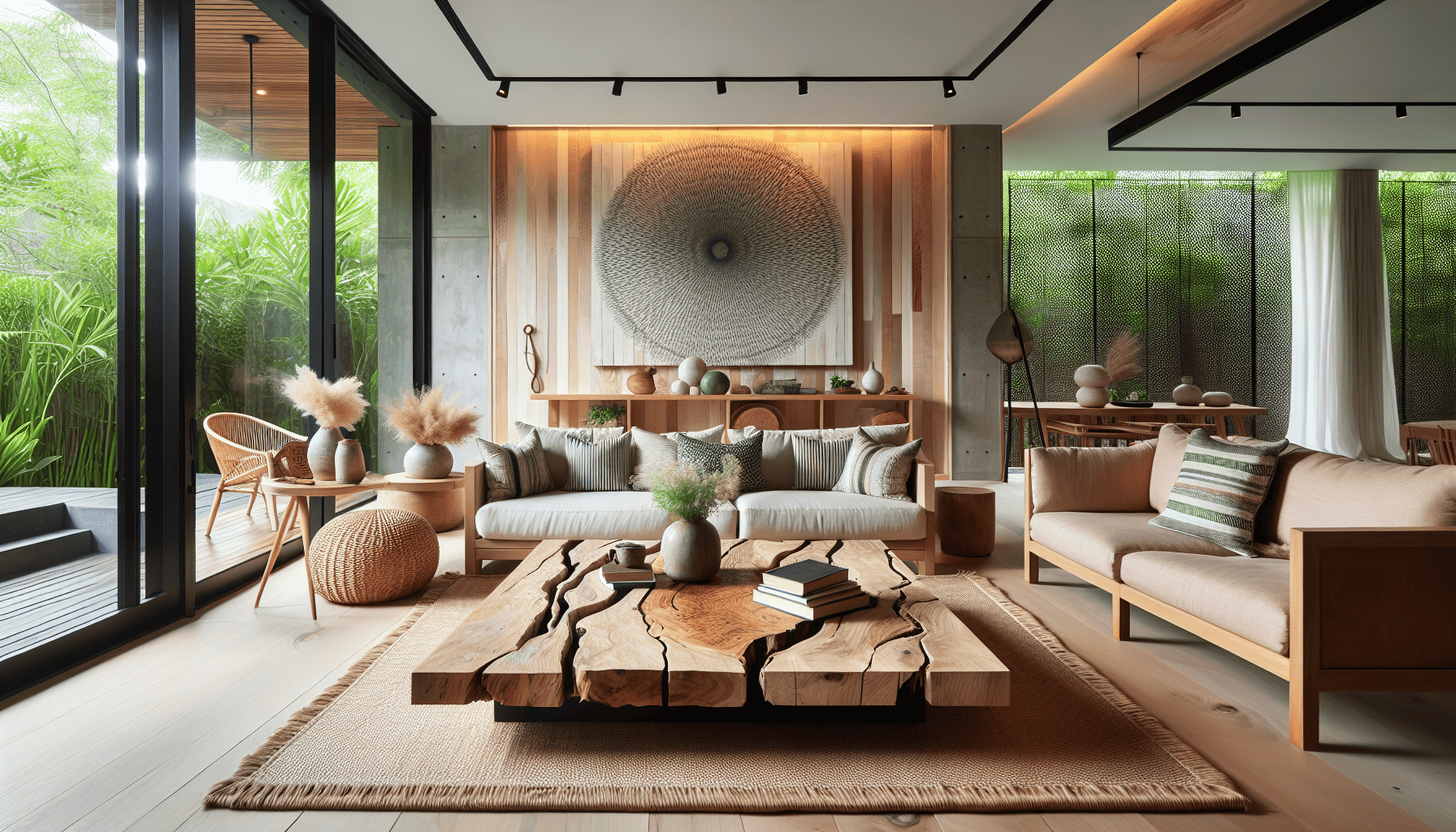In recent years, the intersection of sustainability and style has become a significant movement in interior design. As environmental concerns grow, many are seeking ways to make their homes not only beautiful but eco-friendly as well. Enter eco-conscious interior designers—professionals who blend aesthetics with responsible design practices to create spaces that are both luxurious and sustainable.
One standout in the world of sustainable interior design is Kelly LaPlante. Known for her ethos “Green is a color, not a way of life,” LaPlante emphasizes that eco-friendly design can be both elegant and diverse. Her projects often incorporate reclaimed wood, vintage furnishings, and organic fabrics, demonstrating that chic, stylish spaces can also prioritize the planet.
Similarly, Lori Dennis, a renowned designer and author of "Green Interior Design," is a vocal advocate for sustainable living. Dennis’ projects utilize non-toxic materials, energy-efficient lighting, and innovative recycling methods. She educates clients on the benefits of solar heating and cooling systems, as well as the long-term savings they can provide. Her work illustrates that sustainability can seamlessly integrate into luxurious modern living.
Incorporating sustainable style into your home doesn't necessarily require a complete overhaul. Here are some practical tips to infuse eco-consciousness into your living spaces:
-
Opt for Sustainable Materials: Selecting furniture and decor made from recycled or reclaimed materials not only adds character but reduces the demand for new resources. Look for pieces crafted from bamboo, cork, or FSC-certified wood, which ensure responsible forest management.
-
Choose Low-VOC Paints: Traditional paints release volatile organic compounds (VOCs) that harm air quality and contribute to health issues. Low-VOC and zero-VOC paints are now widely available and provide beautiful finishes without the harmful side effects.
-
Embrace Vintage and Repurposed Items: Shopping vintage or repurposing existing furniture can give your home a unique look while also being environmentally friendly. Consider upcycling old furniture with a fresh coat of eco-friendly paint or new upholstery.
-
Implement Energy Efficiency: Installing LED lighting, energy-efficient appliances, and smart thermostats can drastically cut energy consumption. Incorporate large windows for natural light, and invest in thick curtains for insulation to minimize heating and cooling needs.
-
Incorporate Plants and Greenery: Indoor plants not only enhance aesthetic appeal but also improve air quality by absorbing toxins and releasing oxygen. Choose species that thrive indoors such as spider plants, peace lilies, or succulents.
-
Select Natural Textiles: When selecting textiles, opt for eco-friendly options such as organic cotton, hemp, or linen. These materials use fewer chemicals during production and are often more biodegradable than their synthetic counterparts.
-
Support Local Artisans: Purchasing from local craftspeople reduces carbon footprints associated with shipping and supports the community. Hand-crafted items often offer superior craftsmanship and a unique touch.
By consciously selecting eco-friendly options, homeowners can create settings that reflect both individual style and a commitment to sustainability. As the movement grows, the availability of sustainable products continues to increase, providing ample opportunities for everyone to participate in this transformative approach to design. Embracing these principles not only benefits the environment but also fosters a healthier, more harmonious living space.
